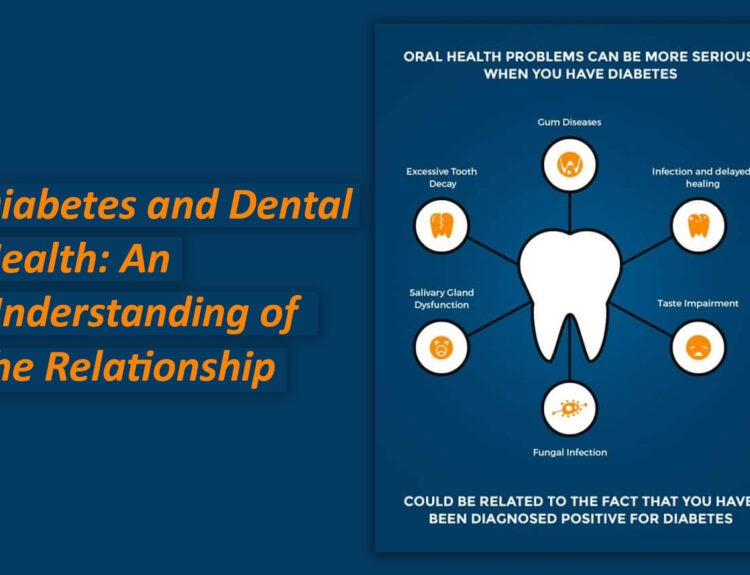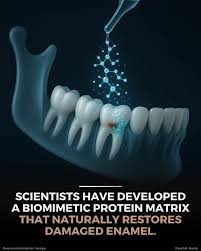Water flosser is a device d to remove food particles and plaque from between teeth and along the gumline using a pressurized stream of water. People also call them “oral irrigators”. They are an effective alternative or complement to traditional string floss, especially for individuals with braces, dental implants, or limited manual dexterity. Water Flossers, however, don’t remove Calculus (or Tartar). Water Flossers are available in a variety of types to suit different lifestyles, oral health needs, and budgets. Choosing the right type depends on individual preferences, the level of portability desired, and whether the flosser will be used at home or while traveling.
Countertop Water Flosser: The is most common type. It is larger and more powerful. It comes with a water reservoir and is plugged into an electrical outlet. These models offer adjustable pressure settings, multiple tips, and superior cleaning performance, making them ideal for home use.
Cordless Water Flosser: This is another popular type. It is the designed for travel or small bathroom spaces. These devices operate with the help of a battery or rechargeable and have a built-in water tank. Although they are less powerful than countertop models, they are convenient for users who are always on the go or have limited counter space.
Shower water flossers: They connect directly to the showerhead and use the shower water pressure. They eliminate the need for a separate water reservoir or batteries. This type is suitable for users who prefer to combine oral hygiene with their daily shower routine. Although their water control is not very efficient.
Faucet Water Flossers: They attach to the bathroom sink faucet. They run by the tap water pressure and do not require electricity or batteries. These flossers are lightweight and portable but may be less precise and harder to control.
Regarding their frequency and duration of use, you must know that it is generally quite safe to use a water flosser once or twice a day for two minutes at a time.





